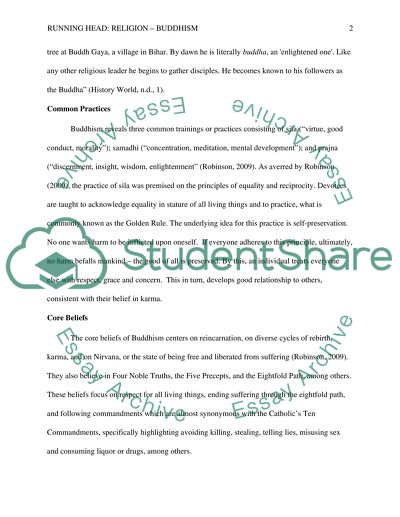Cite this document
(“Religon Buddhism Term Paper Example | Topics and Well Written Essays - 1500 words”, n.d.)
Retrieved from https://studentshare.org/religion-and-theology/1406279-religon-buddhism
Retrieved from https://studentshare.org/religion-and-theology/1406279-religon-buddhism
(Religon Buddhism Term Paper Example | Topics and Well Written Essays - 1500 Words)
https://studentshare.org/religion-and-theology/1406279-religon-buddhism.
https://studentshare.org/religion-and-theology/1406279-religon-buddhism.
“Religon Buddhism Term Paper Example | Topics and Well Written Essays - 1500 Words”, n.d. https://studentshare.org/religion-and-theology/1406279-religon-buddhism.


